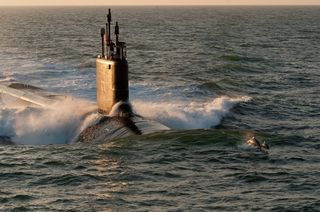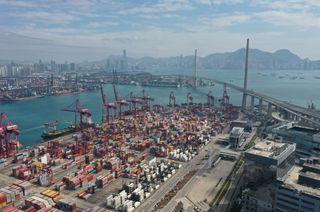The Australian
By Geoffrey Garrett
AFTER four years of pushing uphill for the completion of global trade liberalisation talks, Julia Gillard last week said "it's time to consider breaking the Doha Round into more manageable parts".
The Prime Minister's focus at CHOGM was on the world's poorest countries. But at the upcoming APEC summit and beyond, the big story will be Asia-Pacific free trade. The reason is that US President Barack Obama, who will host Gillard and other APEC leaders in Honolulu in two weeks, has also decided to get back into the trade game.
After three years of post-GFC inaction, Obama last month pushed through congress long-stalled bilateral free trade agreements with Colombia, Panama and South Korea.
With jobs the US's single preoccupation and any economic benefits from these FTAs years off, Obama's change of heart had much more to do with geopolitics than trade per se. The Colombia and Panama agreements reward new American friends in the western hemisphere.
But the South Korea-US FTA, KORUS, was Obama's main focus. Getting the deal done last month was essential to a successful APEC for Obama, who hopes to take this momentum to the East Asia Summit the following week where he will be the first US president officially to participate. His trip to Australia will be sandwiched in between.
Obama's goal in the upcoming intense month of regional diplomacy is to lay the foundations for a US-led free trade area of the Asia-Pacific to complement the US's network of political military alliances in the region.
The US's sights, as so often, are set on China.
The strategy is to create a valuable regional economic institution China will want to join. But China will be able to participate only by opening its economy in ways long wanted by the US and long resisted by China.
This adds carrots as well as sticks to the US's oft-repeated goal of making China a responsible stakeholder in the Asia-Pacific region.
The Trans Pacific Partnership for free trade (TPP) may be Obama's most frequently uttered acronym on his upcoming swing through Asia.
After two years of negotiations by nine countries led by Australia and the US that were already bound together in a dense network of bilateral FTAs, Obama would love to announce the completion of TPP in Honolulu as a high-quality free trade agreement bringing together open pro-market economies on both sides of the Pacific. This is likely to be a bridge too far. But now the APEC summit offers the prospect for raising the bar on the TPP negotiations by having South Korea join them after the successful completion of KORUS.
The inclusion of Asia's third-biggest economy in TPP would mean that three of China's largest trading partners would all be involved; Australia and the US as well as South Korea.
Japan would also sit on the outside looking in, but the region's second-biggest economy is contemplating sacrificing some of its cherished agricultural protection to join the negotiations - ample demonstration of the pull to join TPP.
China is a member of both APEC and EAS, but neither institution makes any binding demands regarding intellectual property protection, restrictions on access to the Chinese market and China's closed capital account. For TPP, Chinese movement on these key issues would be its admission price.
After more than a decade of US absence from Asian institution-building, this is Obama's dream scenario. The US takes the lead on creating a new Asia-Pacific economic organisation that enshrines American economic principles. South Korea and then Japan join the party. China wants to play but knows the entry barrier is enacting big changes in its economic governance.
Obama's trip to Australia will justly celebrate 60 years of the ANZUS alliance. But new thinking on free trade by both Obama and Gillard will mean the regional economic dimension to their discussions will be just as important.
Geoffrey Garrett is chief executive of the United States Studies Centre at the University of Sydney.



